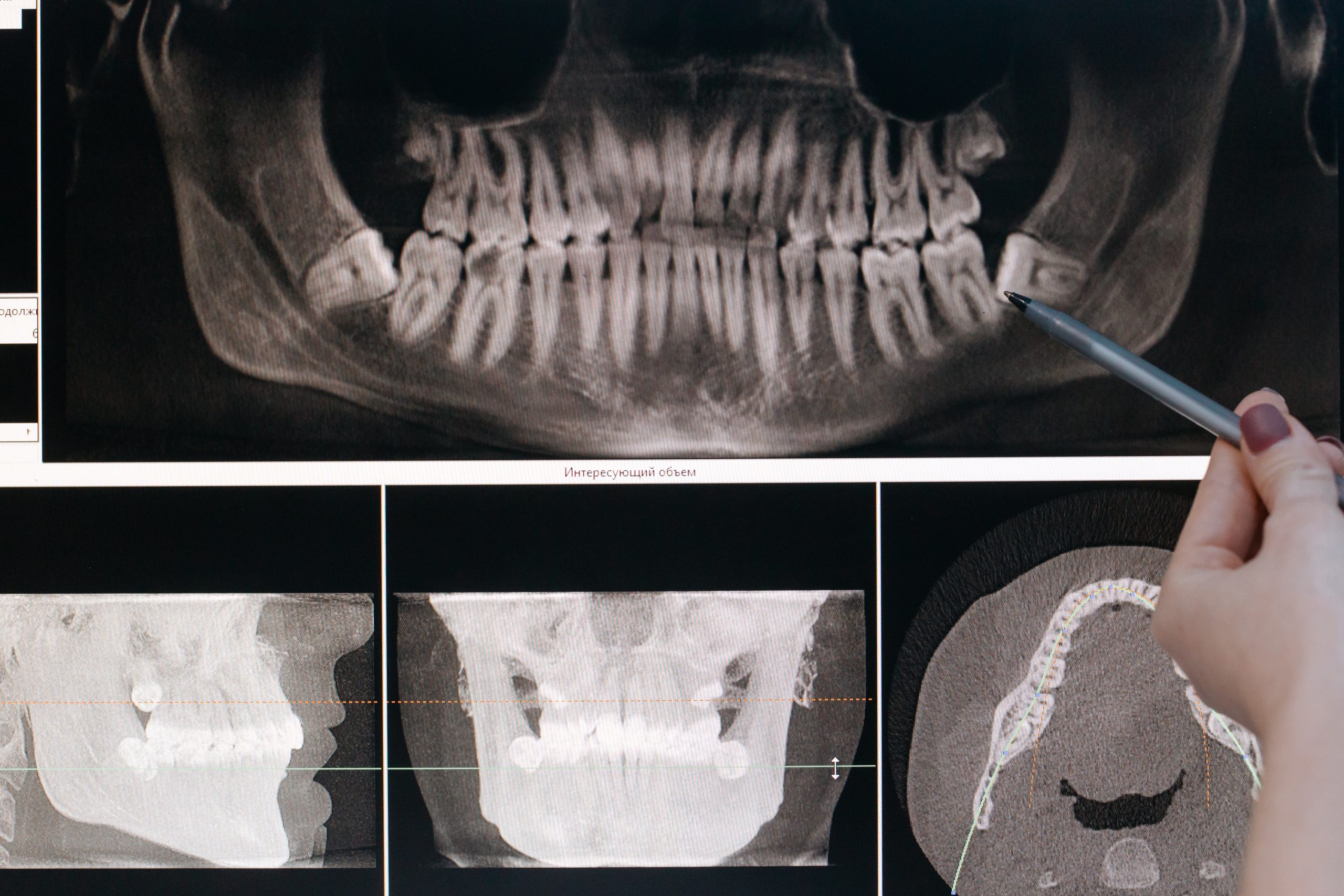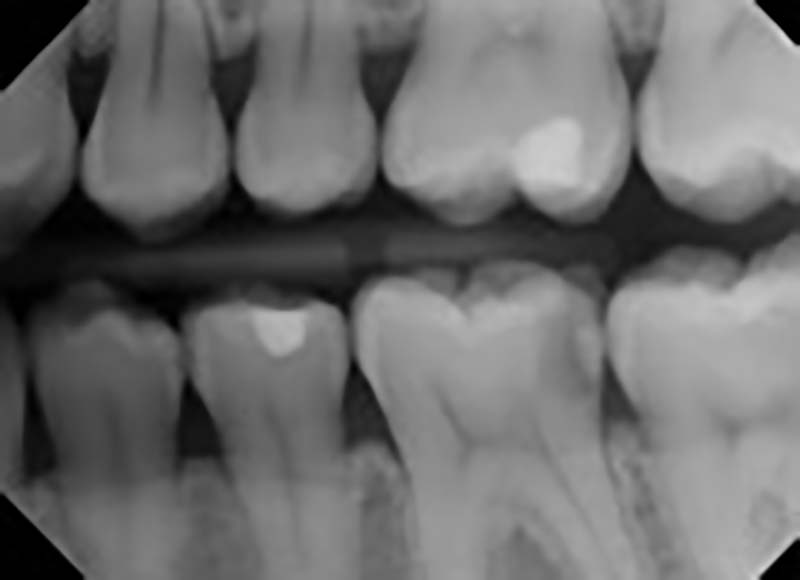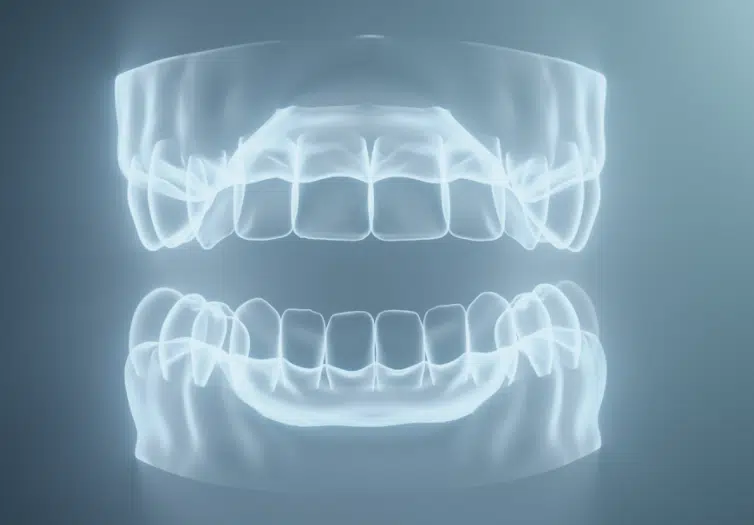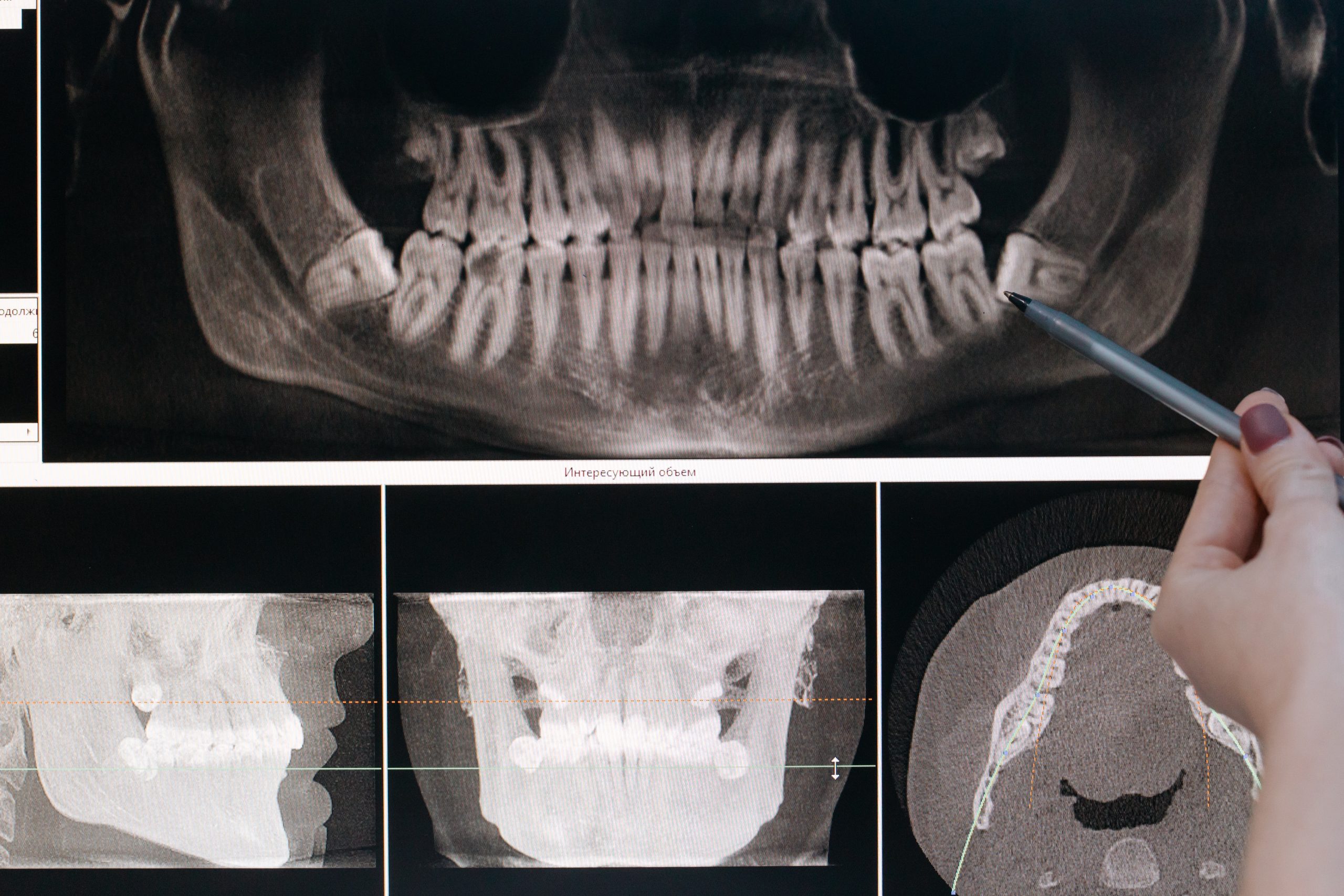Dental X-Rays and Diagnostics: A Comprehensive Guide to Modern Dental Imaging
Dental X-rays are one of the most crucial tools in modern dentistry. These diagnostic images allow dentists to examine your oral health in great detail, often uncovering problems that aren’t visible to the naked eye. From detecting cavities to identifying infections and bone loss, dental X-rays play a pivotal role in diagnosing and planning treatment.
In this detailed guide, we’ll explore the types of dental X-rays, their importance in diagnostics, the process of obtaining X-rays, and what to expect during an X-ray procedure. Additionally, we’ll answer common questions about dental X-rays to help you make informed decisions about your oral health.

What Are Dental X-Rays?
Dental X-rays, also known as radiographs, are images of your teeth and jaw created using low levels of radiation. These images help dentists and dental specialists evaluate the health of your teeth, gums, and surrounding bones. Dental X-rays allow your dentist to detect issues that may not be visible during a regular exam, including cavities, infections, gum disease, and abnormalities in bone structure.
Why Are Dental X-Rays Important?
Dental X-rays are indispensable for several reasons:
- Early Detection of Problems: X-rays allow your dentist to detect dental issues before they become visible or cause pain. For example, cavities between teeth or below the gum line are often invisible during a regular examination.
-
Treatment Planning: Whether you’re undergoing routine preventive care or more complex procedures like implants or orthodontics, X-rays provide detailed information necessary for accurate treatment planning.
-
Detecting Bone Loss: X-rays are essential for detecting bone loss caused by gum disease or other conditions. This can help your dentist intervene early to prevent further damage.
-
Monitoring Changes Over Time: If you have an ongoing dental issue, X-rays are useful for tracking its progression or improvement. This is crucial for conditions like periodontal disease or root infections.
-
Planning for Restorations and Implants: If you’re receiving restorative dental work, such as a crown, bridge, or implant, X-rays provide the essential data needed to ensure the procedure’s success.
Types of Dental X-Rays
There are several types of dental X-rays, each serving different diagnostic purposes:
1. Intraoral X-Rays
Intraoral X-rays are the most common type of dental radiograph. The film or digital sensor is placed inside the mouth, allowing for detailed images of the teeth and gums.
- Bitewing X-rays: Bitewings are used to detect cavities between the teeth, monitor the bone level around the teeth, and check for any changes in the teeth.

-
Periapical X-rays: These X-rays show the entire tooth from the crown to the root, including the surrounding bone. They are typically used to detect problems at the root of the tooth, such as infections or abscesses.
-
Occlusal X-rays: These larger X-rays capture the entire arch of teeth and are helpful for examining how your teeth are aligned.
2. Extraoral X-Rays
Extraoral X-rays are taken outside of the mouth, usually to capture images of the jaw and skull. These X-rays help diagnose issues related to the jawbone, facial structure, and TMJ (temporomandibular joint).
- Panoramic X-rays: This type of X-ray provides a wide-angle view of the entire mouth, including the teeth, jaws, and surrounding structures. It is especially useful for detecting impacted teeth or jaw disorders.
-
Cone Beam CT (CBCT): A more advanced form of X-ray, the CBCT provides a 3D image of the mouth and jaw, which is particularly useful for planning implant surgeries or assessing complex dental conditions.

The X-Ray Process: What to Expect
The process of getting dental X-rays is quick, simple, and generally painless. Here’s what you can expect during an X-ray appointment:
1. Preparing for the X-Ray
Before your X-ray, your dentist will ask you to remove any metal objects, such as earrings, necklaces, or dentures, that could interfere with the image. You may also be provided with a lead apron to protect your body from radiation.
2. Taking the X-Ray
The dental technician or hygienist will position the X-ray equipment around your head, and you may be asked to bite down on a special device to hold the X-ray film or digital sensor in place. The technician will then take the image, which only takes a few seconds.
3. Processing the Image
Once the image is captured, it will either be processed through a traditional film developing machine or sent to a computer for digital analysis. In most cases, digital X-rays provide immediate results, and your dentist can discuss them with you right away.
Safety of Dental X-Rays
Dental X-rays use very low levels of radiation, and modern equipment ensures that the exposure is minimal. The risk associated with dental X-rays is extremely low, especially when proper safety protocols are followed. If you are pregnant or may be pregnant, inform your dentist so that they can take extra precautions or postpone the X-ray if necessary.
Lead aprons and thyroid collars are used to protect areas of the body that are not being imaged, further minimizing any potential risks.
Are Digital X-Rays Safer?
Yes, digital X-rays are safer than traditional X-rays. They use less radiation, provide instant results, and are more environmentally friendly since there is no need for developing chemicals. The clarity and detail of digital images also enhance diagnostic accuracy.
The Benefits of Dental X-Rays
Dental X-rays provide numerous benefits for both patients and dentists:
- Accurate Diagnosis: X-rays give your dentist a clearer picture of your oral health, which is vital for making accurate diagnoses and treatment plans.
-
Prevention: By detecting issues early, dental X-rays can help prevent serious conditions such as tooth decay, gum disease, and oral cancer.
-
Saving Time and Money: Identifying problems early allows for less invasive and more affordable treatments. X-rays help avoid complicated procedures later on by addressing issues early.
Common Uses of Dental X-Rays
-
Cavity Detection: Dental X-rays help spot cavities between teeth or in places that are not visible during a regular exam.
-
Assessing Gum Disease: X-rays help determine if there is bone loss due to gum disease and guide treatment plans to address it.
-
Monitoring Dental Work: X-rays are used to check the condition of existing restorations, such as crowns, fillings, or implants.
-
Identifying Impacted Teeth: Impacted teeth, especially wisdom teeth, can be detected using X-rays, helping avoid complications during tooth extraction.
-
Diagnosing Oral Cancer: While X-rays are not the primary diagnostic tool for cancer, they can help identify suspicious areas in the jawbone or surrounding tissues.
FAQs About Dental X-Rays
Q1: How often should I have dental X-rays?
A1: The frequency of dental X-rays depends on your oral health and risk factors. For healthy individuals with no apparent issues, X-rays may be needed once every 1–2 years. However, individuals with gum disease, cavities, or other dental conditions may require more frequent X-rays.
Q2: Are dental X-rays painful?
A2: No, dental X-rays are not painful. The procedure involves little to no discomfort, although some people may find holding the position for a few moments uncomfortable.
Q3: Can dental X-rays detect oral cancer?
A3: While dental X-rays are not specifically designed to detect oral cancer, they can identify abnormal areas in the bones of the jaw or the tissues around the teeth, which could indicate the presence of cancer.
Q4: Are digital X-rays better than traditional X-rays?
A4: Yes, digital X-rays provide higher-quality images with less radiation exposure. They are also faster, as the results are immediately available on a computer screen.
Q5: Are dental X-rays safe for children?
A5: Dental X-rays are generally safe for children. However, your dentist will take extra precautions, such as using a lead apron and thyroid collar, to protect your child from unnecessary radiation exposure.
Conclusion
Dental X-rays are an essential tool in modern dentistry, allowing for early detection and accurate diagnosis of dental issues that may not be visible during a routine examination. With minimal radiation exposure and the ability to provide detailed images, X-rays are a safe and effective way to monitor and maintain your oral health.
If you’re due for a dental check-up, don’t hesitate to ask your dentist about X-rays and how they can help improve your dental care plan. Regular X-rays, combined with professional dental cleaning and examination, will help you maintain a healthy smile for years to come.


